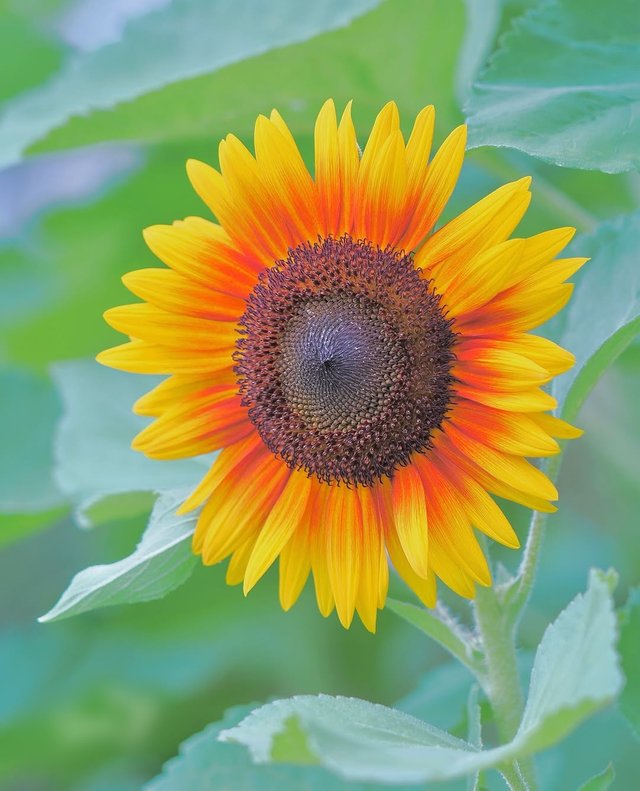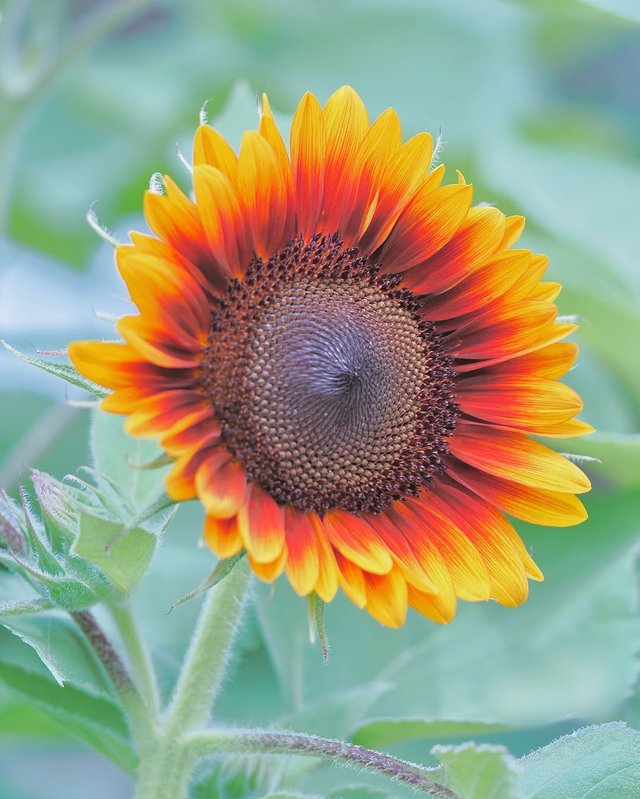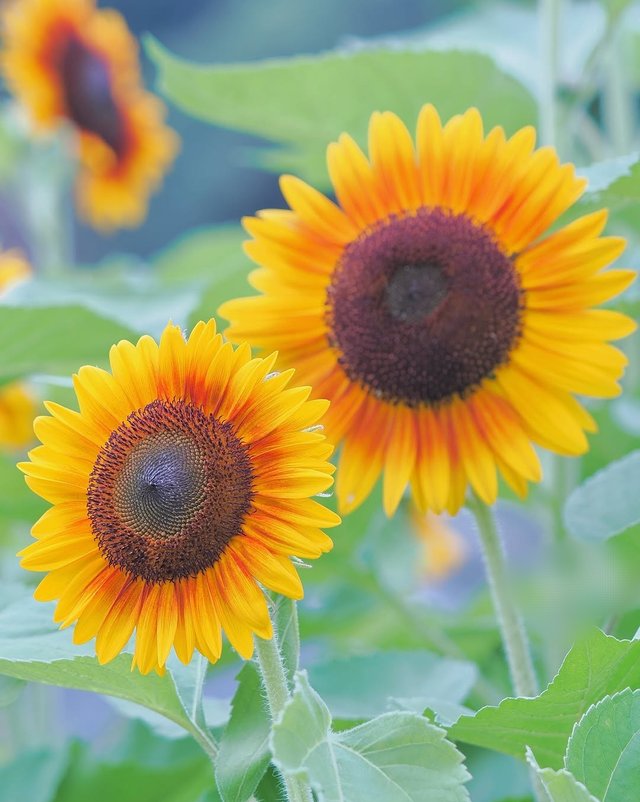Wonderful Colour Common Sunflower
Common Sunflower: A Symbol of Sunshine, Strength, and Sustainability
The common sunflower is one of the most recognizable and beloved flowering plants in the world. With its bold, golden petals, large central disk, and impressive height, the sunflower has captured the imagination of cultures across the globe for centuries. From ancient symbolism to modern agricultural importance, the sunflower is more than just a pretty face in a summer garden — it's a marvel of biology, a beacon of optimism, and a staple of sustainable farming.
Botanical Overview
The common sunflower belongs to the Asteraceae family, one of the largest plant families, which also includes daisies, marigolds, and asters. The scientific name Helianthus annuus is derived from Greek — helios meaning “sun” and anthos meaning “flower,” while annuus refers to its annual growth cycle.
Height: Typically ranges from 1.5 to 3.5 meters, though some varieties can grow taller.
Flowers: What we perceive as one large “flower” is actually a composite flower head, consisting of:
Ray florets: Bright yellow, petal-like structures around the edge.
Disk florets: Small, tubular flowers in the center that mature into seeds.
Leaves: Broad, rough, heart-shaped, and arranged alternately on a thick, hairy stem.
Growth Habit: Fast-growing annual that thrives in full sun and well-drained soil.
A Plant That Follows the Sun
Sunflowers are known for a fascinating phenomenon called heliotropism, especially in their early growth stages. Young sunflower buds track the movement of the sun across the sky from east to west during the day and reorient overnight to face east again by morning. This movement maximizes photosynthesis and supports rapid growth. As the plant matures and the flower blooms, it typically locks in a fixed eastward direction — a trait that helps attract more pollinators by warming the flower early in the day.




%20(10).jpeg)